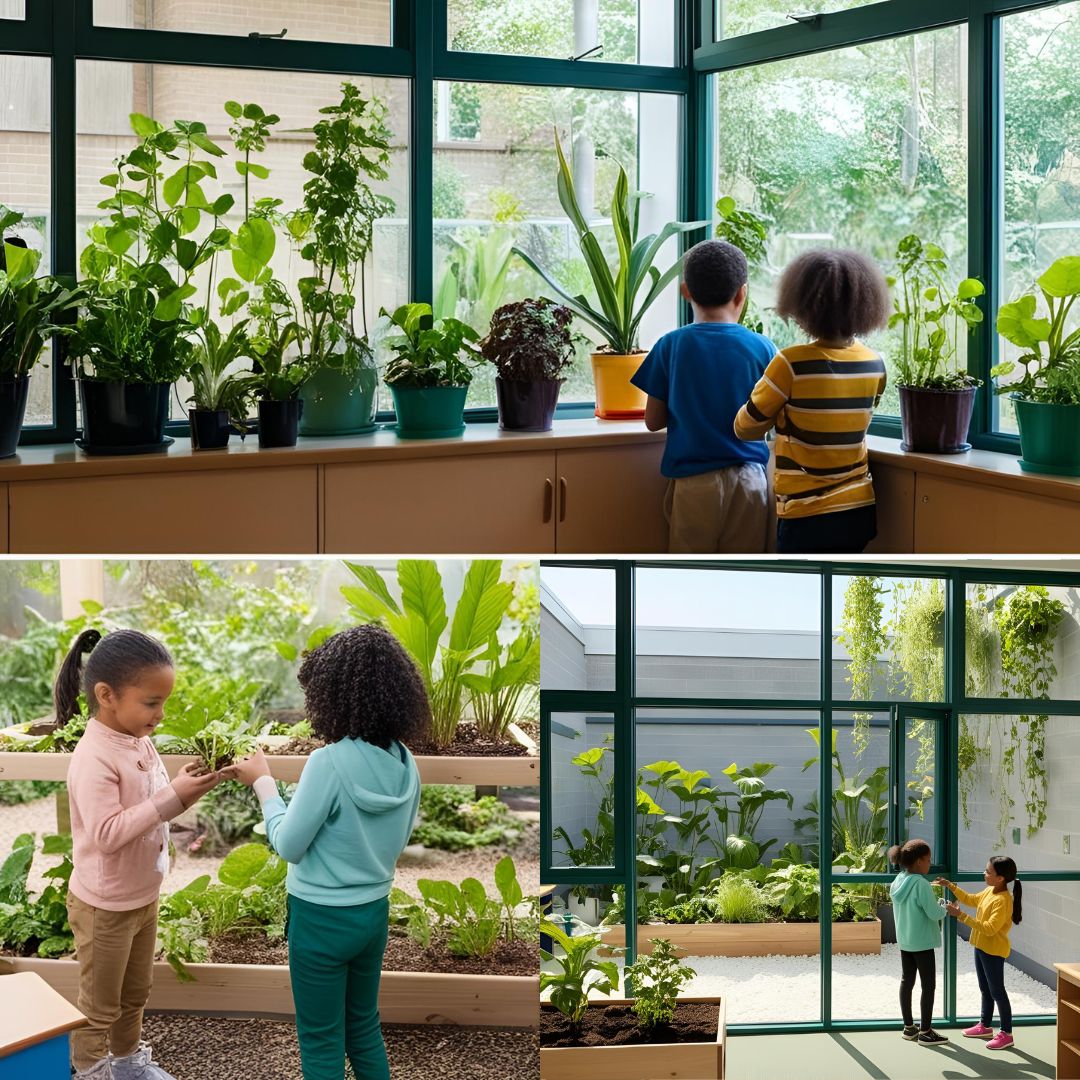In the ever-evolving realms of art, design, and education, nature has always been a significant source of inspiration. However, a particular aspect of nature is beginning to capture the attention of designers, illustrators, architects, and educators: the hidden, often invisible, world of microworlds. From the minuscule ecosystems under a leaf to the intricate patterns on a butterfly’s wing, these tiny environments hold vast potential to inspire new ideas and innovations in various fields.
Nature’s Invisible Art: Inspiration for Designers and Illustrators
Designers and illustrators are increasingly turning to the microscopic and macroscopic aspects of nature to fuel their creativity. These unique and complex forms, such as the patterns on leaves, the veins in flowers, or the delicate structures of fungi, provide an endless array of inspiration for creating visually captivating pieces.
For example, designers may incorporate the organic shapes and patterns found in the natural world into product designs or branding elements. The intricate textures seen under a microscope can translate into patterns for textiles or even wallpaper designs. Nature’s versatility allows artists to create compositions that are not only visually appealing but also functional, bringing both beauty and utility into designs.
Moreover, the natural world’s microforms inspire illustrators to craft detailed and accurate depictions of ecosystems, animals, and plants. These illustrations, often based on close observations of microworlds, help bridge the gap between art and science, making complex concepts more accessible and enjoyable.
Bio-Inspired Spaces: Architects and Designers Turn to Microworlds
Architects and interior designers are also tapping into the potential of microworlds for innovative spatial designs. Bio-inspired architecture, or biomimicry, is a growing trend where designers take cues from nature’s hidden structures to create spaces that are both functional and harmonious with the environment. These designs often seek to replicate the efficiency, beauty, and sustainability found in natural ecosystems.
One example of how this is put into practice is the concept of biofilic design, which incorporates elements of nature into interior and urban spaces. By studying the structure of plant cells or the way fungi grow, architects can create designs that mimic these natural forms. For instance, buildings may have facades designed to resemble the delicate, yet highly efficient, structure of plant leaves or tree branches.
In urban planning, designers are incorporating green spaces that not only mimic natural environments but also support biodiversity. Roof gardens, living walls, and green rooftops inspired by microworlds help create micro-habitats for wildlife, enhancing the natural ecosystem in urban settings. These bio-inspired designs promote sustainability, health, and a deeper connection to nature.
Education and Nature’s Influence: Using Microworlds for Learning
In the field of education, microworlds have also proven to be a valuable tool for teaching. Whether it’s in primary schools, universities, or even informal learning environments, educators are increasingly incorporating nature-based learning models that draw inspiration from the hidden worlds around us.
For example, many schools are adopting biofilic design principles in their classrooms and outdoor spaces. These designs create environments that foster creativity, curiosity, and a connection to nature. Classrooms that integrate elements like natural light, plant life, and natural textures help students feel more grounded and engaged, improving their overall learning experience.
In early childhood education, toys and activities inspired by micro-habitats are gaining popularity. Educational toys that mimic the tiny ecosystems found in nature help children learn about biodiversity, ecology, and environmental conservation in a playful and engaging way. These toys often come in the form of magnifying glasses, nature kits, or terrariums, which allow children to explore small-scale ecosystems in their own homes or classrooms.
Furthermore, outdoor classrooms and gardens inspired by microworlds are becoming essential for teaching students about the importance of nature and sustainability. Schools with garden spaces or natural play areas enable children to connect with their environment, engage in hands-on learning, and better understand the vital role that tiny ecosystems play in our world.
Real-World Projects: Bringing Microworlds into Spaces
Numerous real-world projects are illustrating the transformative potential of microworlds in art, design, and education. For instance, bio-inspired school designs are being implemented around the world. The Eden Project in the UK, for example, features futuristic “biomes” that house diverse ecosystems and micro-habitats within their walls, educating visitors about the role these tiny environments play in the larger ecological picture.
Another example is the creation of biofilic public spaces in cities. These spaces often include living walls, indoor gardens, and urban parks that simulate the diversity of natural environments. By creating urban oases that mirror the structures found in natural microworlds, designers are enhancing the quality of life for city dwellers while fostering a stronger connection to nature.
Similarly, several toy companies are now producing educational kits that allow children to explore and create their own micro-habitats. These products teach children about the importance of biodiversity while encouraging them to learn more about the ecosystems they are part of, whether it’s through observing the growth of plants or the behavior of tiny creatures like ants and worms.
The Benefits of Microworlds for Creativity and Innovation
What makes microworlds so valuable for the creative process is their ability to provoke curiosity and inspire new ways of thinking. The complexity and interconnectedness found in these tiny environments can lead to innovations that are not only visually stunning but also environmentally sustainable. Designers and educators who draw inspiration from these micro-habitats often adopt a mindset of learning from nature’s efficiency and applying those lessons to human-centered challenges.
Moreover, the process of observing and studying these minute ecosystems promotes a deeper appreciation of the natural world. As people learn more about how these ecosystems work, they begin to understand the crucial role they play in the balance of life on Earth. This fosters greater environmental awareness, and in turn, a more sustainable approach to art, design, and education.
The Endless Possibilities of Nature’s Microworlds
From the brushes of artists to the blueprints of architects and the classrooms of teachers, microworlds are offering a wealth of inspiration. They serve as a reminder that beauty and innovation often lie in the most unexpected places. The next time you encounter a patch of moss, a pile of fallen leaves, or a garden of flowers, remember that these are not just simple elements of nature but potential sources of creative and educational possibilities.





